The Life of a Showgirl: Dungeons, Dragons, and Divas
On August 13th, the official Dungeons & Dragons Twitter (X) account posted the image above with the tagline, “The life of a showgirl.” This prompted a number of reactions and has been the subject of a great deal of discussion online. I’ve spent a lot of time thinking about the critiques and I think I’ve thought enough to give a good analysis of what is happening, why Hasbro/WotC posted the picture, why they shouldn’t have been surprised when they got backlash, and how this is another marketing fail for the team. It’s difficult to give long form discussions of occurences like this because they are tied to Culture Wars, even as they are examples of edition wars related Bad Marketing or failed Microtargeting.
Culture Wars, Edition Related Bad Marketing, or Microtargeting?
First the Culture Wars piece.
As my regular readers know, I don’t tend to comment on a lot of the divisive issues in gaming fandom. The main reason for this is that many of the current divisions correlate pretty strongly with American political polarization. While there are exceptions, like Kelsey Dionne who was the author of the excellent Shadowdark role playing game, there is a strong correlation between being an outspoken advocate for the OSR (Old School Renaissance, Old School Revival, Old School R-Something Else) in D&D gaming and political conservatism. Similarly, there is a strong correlation between working for one of the larger role playing game companies (Wizards of the Coast, Paizo, Brotherwise Games, Critical Role, Chaosium) and political liberalism. Though there are exceptions to this as well. Kenneth Hite was, last time I chatted with him, pretty conservative and so is Call of Cthulhu creator Sandy Petersen.
There are a couple of reasons for this. The first is partially age related. There is folk wisdom that people become more conservative as they age and as Johnathan C. Peterson, Kevin B. Smith, and John R. Hibbing demonstrate (2020) while the effects aren’t as strong as advocates of that position often imply, the effect is real and measurable. I think that the Peterson et al. piece is very good, but there is one illustration I’d like to add that gives additional support to the folk wisdom position. Take a look at the following two tables (keeping in mind the challenges of using different data sets and all that implies). The first image is from Newcomb, Turner, & Converse’s seminal 1965 book Social Psychology. The data in the survey is drawn from seven national samples from the Survey Research Center between 1952 and 1957 (keep in mind methodology issues there too, but understand that these are pretty good representative samples).
Take a look at that distribution of 21 to 24 year old voters. Approximately 48% (~32% + ~ 16%) of voters ages 21 to 24 identified themselves as Democrats. Keep in mind that these people would have been born in ~ 1927 to 1931 and ~ 1933 to 1936. These are “Silent Generation” (1928 - 1945) voters. A very small number of this generation identified as Republican at approximately 21% (~ 13% + ~ 8%). That’s a very liberal generation, with a big Independent cohort. If we take the Peterson et al. (2020) report seriously, as well as Newcomb, Turner and Converse’s own 1965 book, then it is this Independent cohort that will have the greatest ability to shift parties. Partisanship is relatively stable over time for reasons that the Columbia School (Lazarsfeld, Berelson, and Gaudet) demonstrated a decade before Converse and his Michigan School, but there I go advocating for older research again. The point is, that’s a very liberal leaning pool from a nationally representative sample.
How did the Silent Generation vote in 2020? In case you are wondering, I picked 2020 for reasons of cohort size. The Silent Generation is dying off and the 65+ voting cohort is more populated by Boomers now than Silents, though a similar trend exists for them too. The population of Democrats among the Silent Generation was ~48% in 1952-1957 and in 2020 it was 48% if we push Independents (those are the grey line and are “Leaners”) to pick a side. If we keep Independents then only 36% of the generation are Democrats (Weak and Strong). The 48% percent makes it look stable, and electorally it is at 48%, but the leaners weren’t pushed in the earlier survey and we can reliably assume that some percentage greater than 0% of all Independents Leaned Democratic. That tiny 21% that was Republican? That’s now 49%. That’s cohort drift toward the Republican party. Likely fueled by Democrats becoming more Independent (though still Democrats) while Independents shifted to the Republican Party.
I imagine that if you told pundits in 1960 that over 50% of the youth at that time would be voting reliably Republican decades later, you’d have been laughed at. Neither the Columbia or Michigan School’s of thought would have been laughing, as they understand Social Psychology, but it’s clear that the effect is real. On the individual level, it’s unlikely that any Strong Democrat became even a Leaning Republican, but when that generation’s middle hollowed out (and Newcomb, Turner, and Converse argued that older people were more polarized and their partisanship hollowed out the middle as Independents “chose”) the Independents shifted Right and not Left. There are cohort effect reasons for this, but I think that this shows some additional evidence for party ID being stable even as “people” become more conservative over time and a lot of OSR gamers are older gamers.
It isn’t just an age and cohort effect that leads many OSR gamers to be more conservative. There is also the fact that they demonstrably love tradition and are fighting to uphold it. That tradition may not be a religious tradition, but it is a literary and artistic tradition and they are advocating that tradition has value. That is a conservative sentiment. So, while Kelsey Dionne is likely politically liberal, she does have a ludographic conservative streak. As for the reasons why so many people who work for the bigger role playing companies, particularly in positions of authority, are more liberal, one only need look at the Satanic Panic. When I talk with a lot of my friends who work in the industry, the Satanic Panic led them to reject conservatism and to “Game Even Harder” now. So while Erik Mona, of Paizo, might be a deep lover of Theosophy and have a kind of conservatism there, he is very politically liberal.
As I argued at the beginning, this division means that a lot of the conflicts in the role playing game space are connected to larger political polarization and culture wars. One thing I find interesting is that while everyone in the gaming space hates the Satanic Panic, their reactions to it are different and these sides see a new Satanic Panic coming from different cultural spaces as shaming culture has become so powerful. I study political polarization and try to keep an academic distance in the places where it occurs in popular culture. There are enough outrage merchants out there seeking to use other people’s very real discomfort to create clicks and more anger.
If you know me, you know that I believe that most of the initial angry responses by fans are genuine, but I also know that there are those who will leverage that for more money. The book The Image by Daniel Boorstin is a good place to start for how and why this happens. The upset fans have a desire, or need, for more information and there are people who are willing to take advantage of that need to provide pseudo-content where no real analysis is done, but outrage is fueled. I don’t want to be associated with outrage merchants and so I typically abstain from Rollenspielkuturkampf.
But after having thought about this for almost a week, I think I have something to add to the conversation other than fuel for the fires for and against the image.
Now for the Edition Wars Bad Marketing Piece
Edition wars have been around for a long time in role playing games and have affected a wide variety of role playing IPs. TSR experienced a major edition war regarding Advanced Dungeons & Dragons when they released the 2nd edition of the game. Players complained about the removal of Demons and Devils from the monster manuals and critiqued a number of the rules. At the time, the company was often referred to as T$R.
They weren't alone though. GDW has experienced a number of edition wars over various Traveller rules sets, with the original "Classic Traveller" rules set coming out as the still dominant setting and style. Games like 2300 AD and MegaTraveller were excellent, but they didn't click with the audience the way one might hope and it’s the Little Black Books that retain dominance.
Even my beloved Champions playing game had a bit of an edition war with the release of their most recent 6th edition rules set. The 5th edition of Champions expanded the player base and had a number of excellent sourcebooks and supplements, The edition war around the 6th edition rules set wasn’t the first one around the Champions game, there was a huge edition war a “FUZION Powered” version called Champions New Millennium was released in the 1990s. Champions New Millennium was an attempt to expand audience by connecting R. Talsorian Games and Hero Games product lines. It was an interesting idea that was the brainchild of Michael Pondsmith (yes, Cyberpunk Michael Pondsmith) and the Hero Team. The Fuzion system was a mix of R. Talsorian’s house system with Hero’s system and I really liked it. The problem was that Champions had hit the telos of its initial design. The 4th edition of the game was perfect and was the fulfilled promise of the seed that was the 1st edition. This meant it was natural to try a new rules set that made significant changes, but that comes with a big risk. It can split the fanbase and in this case it die. Hero won a good number of their fans back with 5th edition, but never won all of them back. 6th edition is great, but it too fractured the fanbase. For the record, my favorite version of the Champions rules is 4th edition, but I own all of them and think they are all very good.
When a fan base is divided, it can lead to a reduction in sales and open up the market to competitors. That's one of the reasons that many companies have taken a careful tack when releasing a new game or a new edition. Paizo and Wizards of the Coast opened up the playtesting of new editions to the public in order to incorporate the fan base in the design process for the Pathfinder and Dungeons & Dragons 5th edition respectively.
The point of this subsection prologue is to say that when one of the largest edition wars in the history of the game, the release of 4th edition Dungeons & Dragons game (my favorite version of this game is the Essentials version), edition wars were nothing new in gaming and they were something that any marketing and design team should have been aware of and should have been seeking to combat. Instead, they made what I consider to be a couple of major errors and one of these errors presages what is happening with the Show Girl advertisement.
The second, and much worse, is that they ignored that even as they want to appeal to younger and newer fans that they do in fact have an existing fanbase with certain expectations. Ignoring these fans is how edition wars happen and the Life of a Showgirl tweet is an edition war writ large.
Bad Marketing
Wizards of the Coast and Hasbro have a history of bad marketing decisions when trying to appeal to emerging or potentially new audiences. The Showgirl Tweet is a recent example, but the 4e team is the pinnacle of bad marketing from which they should have learned. The marketing team did the 4th edition no favors with their marketing campaign. Below, I've embedded the D&D 4th edition teaser marketing video. You can watch the whole video and you can feel the meta-cognitive irony and seeming disdain for earlier editions of the game. In particular, I'd recommend watching at 1:31 for the "Okay, what is THAC0 again" question and to 2:26 to see how the 4th edition marketing represented 3.x by mocking that version's rules for grappling.
The entire video is filled with snide commentary and the THAC0 and grappling jokes, while representing genuine critiques of those editions by some players, have a mocking feeling. This is a tone that 5th edition largely managed to avoid until "THAC0 the Clown" in the pre-6e Witchlight adventure. An interesting side note is that 4th edition marketing and The Wild Beyond the Witchlight have something in common… Christopher Perkins. Perkins has written some of the best D&D content out there for several editions of the game, but I find his repeated mocking of THAC0 staid. At least he waited until later in the 5th edition cycle to pull out the anti-THAC0 joke from the dustbin.
Had this attitude been evident earlier in 5th edition, rather than Mike Mearls’ "we love the old editions so much that Keep on the Borderlands is our playtest module" attitude, the game might not have gotten off to the great start it did and Critical Role would have continued promoting Pathfinder instead of D&D. But Mike Mearls was pushed aside for reasons related to the culture wars in gaming and Christopher Perkins was put in charge of the property. The result of this was Wild Beyond the Witchlight, Journeys Through the Radiant Citadel (more on this later), and a 6th edition. Perkins and his creative partner Jeremy Crawford are now working for Critical Role on the Daggerheart game, who have cultural dominance over the new audience that Hasbro was trying to appeal to which makes the use of the image even more questionable from a marketing perspective.
As an aside, I think it is interesting to note that Critical Role was initially using Pathfinder as their rules set instead of 4th edition and that they now are creating their own system. That system, Daggerheart, is very different in tone from the tone of D&D prior to Witchlight and Radiant Citadel. With the exception of Witchlight’s inclusion of the LJN action figures as characters, it’s more a Cozy Romantasy adventure than Sword & Sorcery or even High Fantasy. That’s a very nice fit with Critical Role style adventures, which have a heavy dose of interpersonal relationships, and improvisational theatre style experimentation. These products, each of which have things I like, are definitely edition war material that fractured fanbase even as Critical Role is growing it and now Critical Role is peeling away one of those fractures.
Critical Role have gone from D&D adjacent to D&D to D&D adjacent again. When they did play 5e, they partnered with Green Ronin in a deal that was supposed to produce several rule books for the 5th edition of Dungeons & Dragons. Eventually, Matt Mercer and crew shifted to Wizards of the Coast after only providing one volume to Green Ronin and the line of books never came out from Green Ronin. You can get a glimpse of how Green Ronin got the deal around minute 59 of this interview with Chris Pramas, starting with his appearance on Geek & Sundry’s Table Top to run the Dragon Age role playing game for Wil Wheaton (you will recognize a number of the players of those sessions from Critical Role). Pramas doesn’t talk about the deal itself, which was still years away, but running a game for members of the team can’t have hurt with later negotiations.
That tangent aside, Perkins and Crawford are now working for a company where his vision and the expectations of the audience align, but the separation of D&D and Critical Role leaves Hasbro with the challenge of finding what niche to fill. The Life of a Showgirl advertisement is a demonstration of them trying to remain relevant with the Critical Role and younger crowd, but one might argue they should be seeking to retain the people staying with them while also looking to recruit new gamers rather than hold on to those moving to a game designed just for them.
Microtargeting and the Future
Before I build on what I just wrote in that final sentence, which is a microtargeting approach, I want to pause and say what I think that Hasbro was ACTUALLY and REALLY trying to do with The Life of a Showgirl advertisement.
The serious answer has two parts. Man, I really do love dichotomies.
The first thing to discuss is where the image is from and how/whether that ties into past eras of D&D. The image is from “Wages of Vice,” an adventure in the Journeys Through the Radiant Citadel module. This particular module is an interesting mix as it is an anthology adventure that takes placed in a melting pot city that is kind of a Fantasy New York and each adventure focuses on either a different culture or different style of play. In other words, it’s a module designed to argue that D&D can tell stories in a cosmopolitan Fantasy setting. The module is very much a post-Mearls module and the idea was pitched to Jeremy Crawford in either 2019 or 2020. One of the major goals of the module was to highlight the work of authors of color. This adventure was an active attempt to focus on diversity both in the content of the module and of the writers. It was the apotheosis of a culture war module.
The showgirl in the picture is a character in the “Wages of Vice” adventure that was written by T K Johnson. In this particular the dancers are assassins at a Mardi Gras/Carnivale style festival. You can see the writer drawing from her own experience and storytelling preferences here, but there is nothing in this theme itself that falls outside of traditional fantasy…even Sword & Sorcery fantasy. The city Fafhrd and the Gray Mouser encounter the Bazaar of the Bizarre would be a perfect setting for this adventure and thematically it could take place on Mystara’s Ierendi or in another setting that includes a city similar to late Medieval or Renaissance Vienna or Venice. Possibly even Köln during Fasching (established celebration in 1254 in Köln).
The art in the illustration is where things begin to diverge from earlier D&D and into something else. The setting here looks more like a 1920s New Orleans Mardi Gras than a medieval or renaissance one. In this case, I think the art direction is a bit lacking but even from the most Grognard of Grognard positions the adventure conceit is fine. In fact, I combined this adventure with the Basic D&D adventure The Veiled Society (written over 30 years ago) and it worked amazingly well for my group. Since it was a 5th Level adventure, it provided the perfect tie in for the greater politics of the Karameikan city of Specularum (now called Mirros for semi-obvious reasons).
The image came from a divisive module that was designed to take a stand in the culture wars and that is very much a microtargeting strategy. The response of critics to this kind of product is typically, “well, it wasn’t designed for you.” Which is a true statement. It wasn’t designed for every D&D player. It was designed for very specific microtargeted groups and each adventure was directed at a different group. It was a kind of stacked microtargeting strategy. From the look of things, it does not appear to be a strategy that worked. If you look at the sales figures in this Dungeon Craft video, you’ll see that the book had only sold around 25,000 copies in mainstream bookstores and sold worse than Witchlight which didn’t sell like gangbusters in the first place.
The use of this image was definitely an example of microtargeting where they were trying to appeal to an audience they already focused on in the past in the Radiant Citadel book. I wouldn’t normally recommend microtargeting foundational products to a industry leading company. Sure, come out with some specialized stuff for your micro-audiences, but don’t do a major release with major costs. Selling mass products to microtargeted audiences does not seem to be working for Hasbro as a strategy if sales of Radiant Citadel is any indication. I think the one explanation for this is that Hasbro doesn’t really know who their audience is in the first place. Who buys D&D books? I don’t know. I haven’t done market research on the topic, but I’m wondering if Hasbro does either or if they just use Vibes and Twitter (X) trends to inform them.
This brings me to my second point. How many Swifties are D&D players and how many D&D players are Swifties?
You see the date on that the Dungeons & Dragons Tweet? It was August 13th and whose favorite number is 13? If you know this, you might be the target audience for the Tweet because the recent tweet was an attempt at referencing Taylor Swift’s next album.
Given how many Swifties there are in the world, I’m willing do venture that there might be a lot of people who are Swifties who also play D&D, but I’ve written a lot in my Strange Licenced Role Playing Games series (the most recent was a discussion of the Street Fighter Role Playing Game, and in that one I pointed out that trying to leverage a pre-existing IP fan group is a strategy but it might not be the best one.
When I look at the confused response to the image by most of the people responding and posting on Twitter, I’m starting to think that a large number of D&D players on Twitter aren’t Swifties. This post might have worked on TikTok (for sure), Instagram (maybe), Discord (depends on the channel), or a Swiftie Substack, but it’s out of place on Twitter, Facebook, or Blue Sky. The demographics don’t align. That’s a huge marketing failure.
To Sum thing Up
Even before the release of AD&D, there were fractures in the D&D fanbase with regards to styles of play. With the release of D&D Basic, in part to isolate Dave Arneson’s D&D earnings, those fractures increased. Yes, there were players who played both D&D and AD&D. The people who taught me to play made no distinction between the two, but many considered D&D to be for “the younger” crowd and game designer Phil Masters summed up what many older gamers thought of these young Fighting Fantasy gamebook and D&D playing youngsters in White Dwarf #73.
What’s interesting about Phil’s remarks, is that you can replace “infant gamers” with whatever the current adjective for “newer” gamer is and it’s an argument you still see every day on social media. To be fair to Phil, who has designed a number of my favorite products BTW and whom I think is probably a really nice guy this letter not withstanding, there are valid reasons for this kind of resistance.
The existing fanbase of Dungeons & Dragons exists and it is filled with people who have been playing the game for decades. Hasbro’s marketing team seems to focus only on the new audience and ignores the existing audience who made them the success they are today. They need to understand that this can create backlash if people view themselves as being pushed out of a space, or losing a safe place. This is because people are tremendously loss averse and loss aversion extends to cultural heritage. Given that gaming communities and one’s sense of a gaming community is a form of culture with a heritage, it stands to reason that gamers would be resistance to losing a thing of value even if it is being “replaced” by something of equal value. It’s the fear of losing that which made that gaming space special.
What that special thing is varies from person to person, but for some it is the way that combat plays out in a role playing setting and in D&D in particular. One thing is for certain, I’m pretty sure that for most of the gamers on Twitter and Facebook, it isn’t a connection to Taylor Swift that makes them feel like they are in a community of comfort. Taylor Swift is as mainstream as it gets and many older gamers remember the Satanic Panics of old and being thought of as weird because they liked Dungeons and/or Dragons. They grew up countercultural and mainstream memes feel out of place for them.
As a non-planned 3rd comment, and one I have made before, if this image was in a Call of Cthulhu book, there would be no disconnect because the art and adventure idea fit 1920s Weird Horror perfectly.



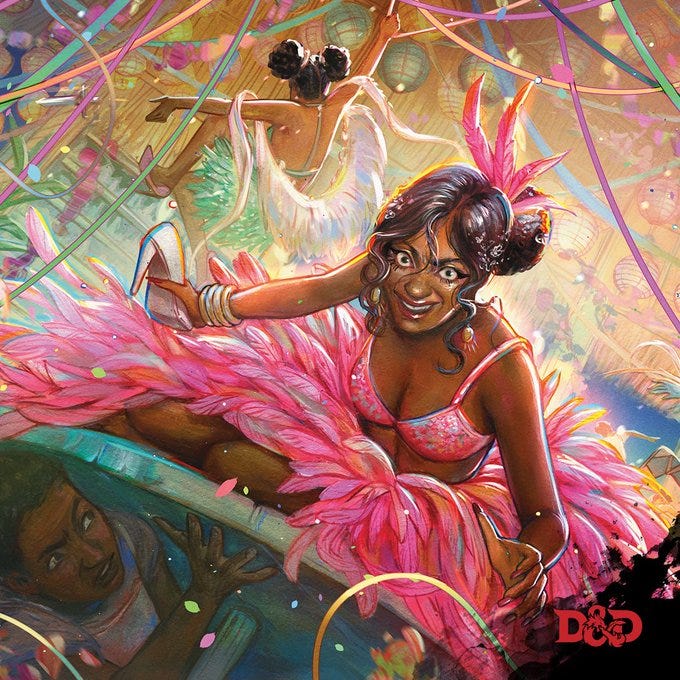
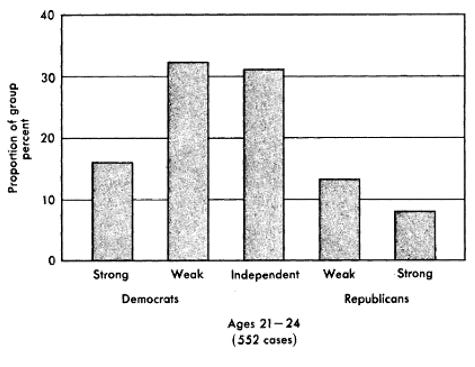
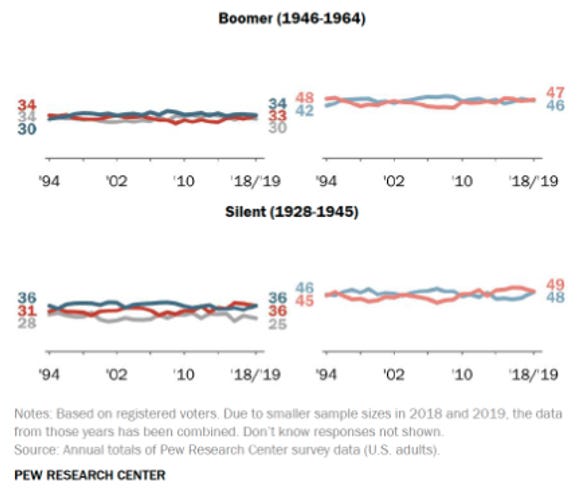



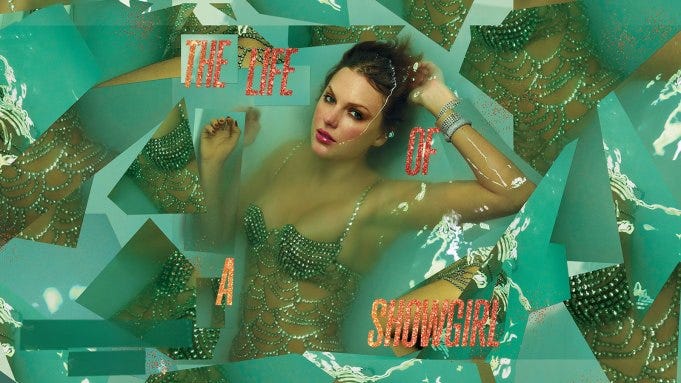

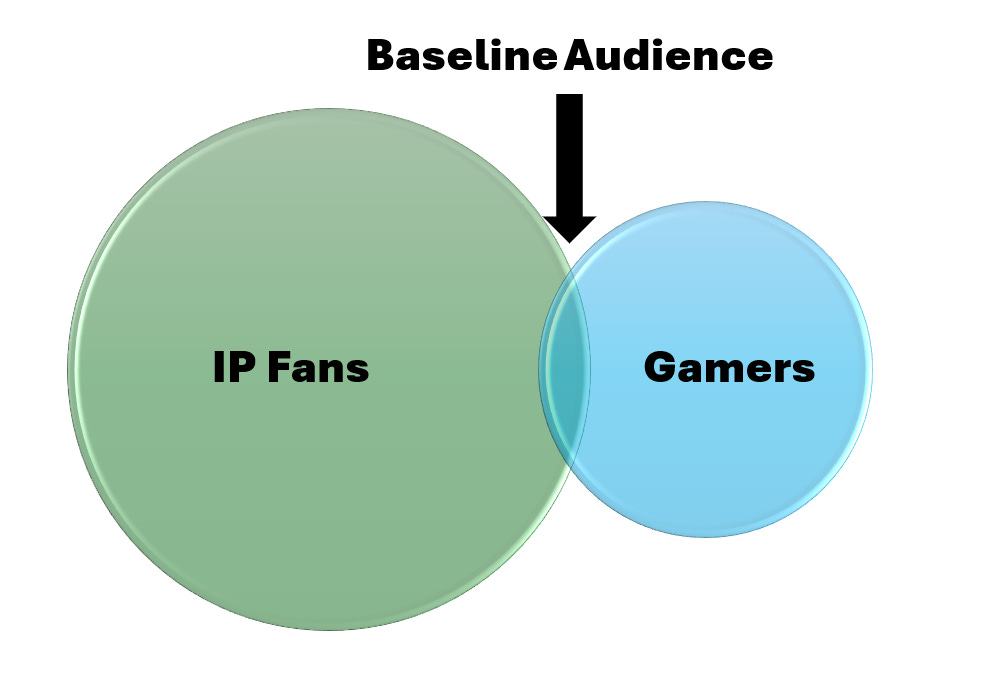


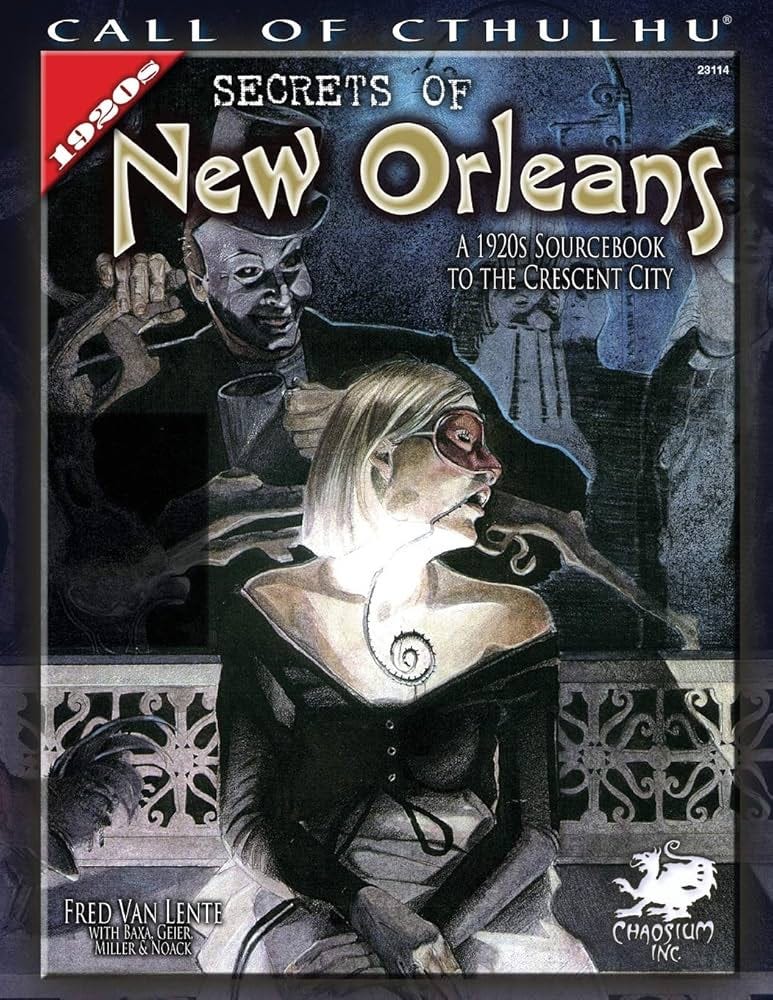
I'm 67 and got the Taylor Swift reference immediately. But regardless — I thought the joke was rather harmless. Our tribe needs to lighten upon a bit.
I must be way too old because I have literally no idea how anyone could think that Showgirl thing was a million miles adjacent to D&D. Apart from it’s obviously by one of the current D&D staff artists (or AIs).
Thank you for the very careful analysis.